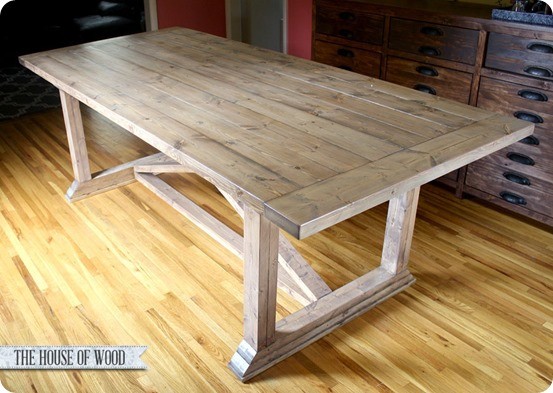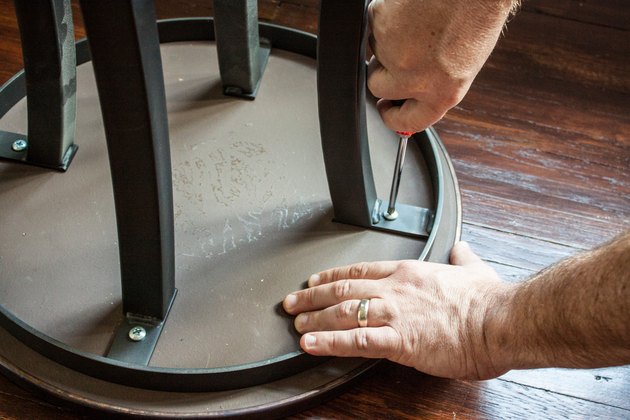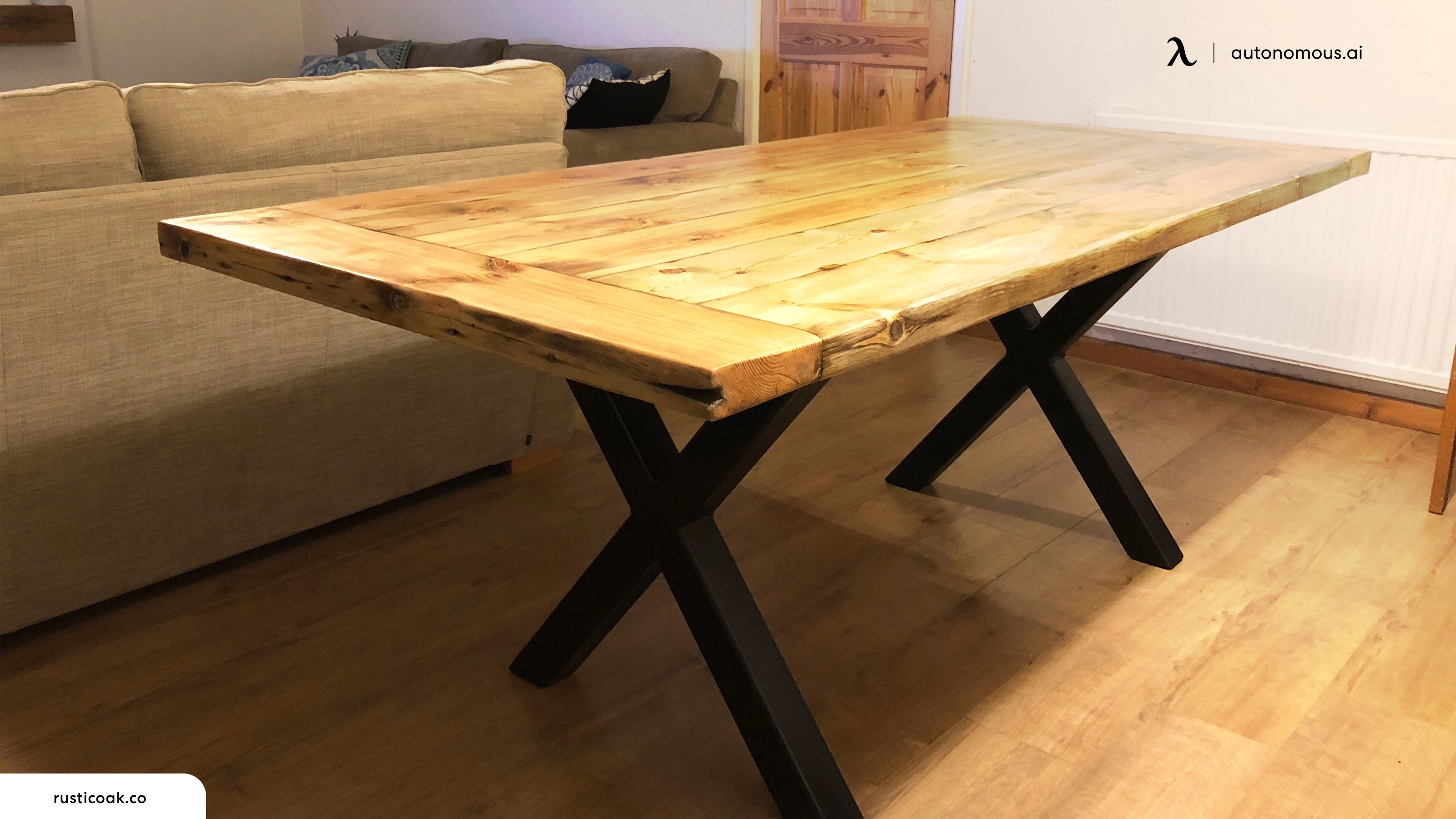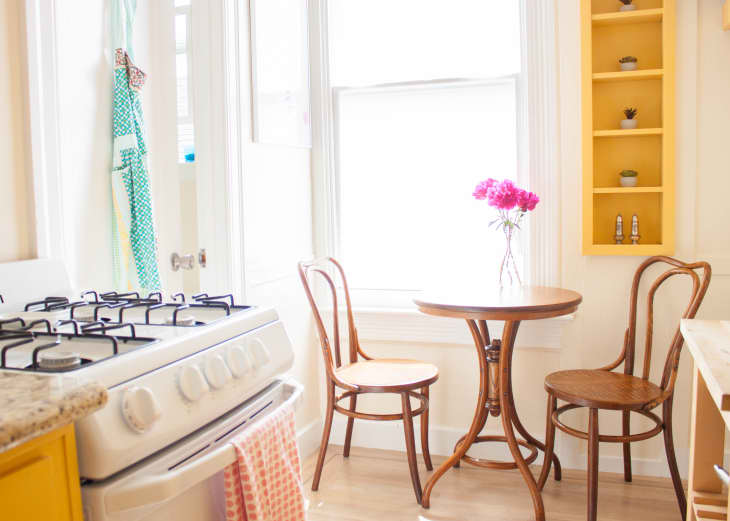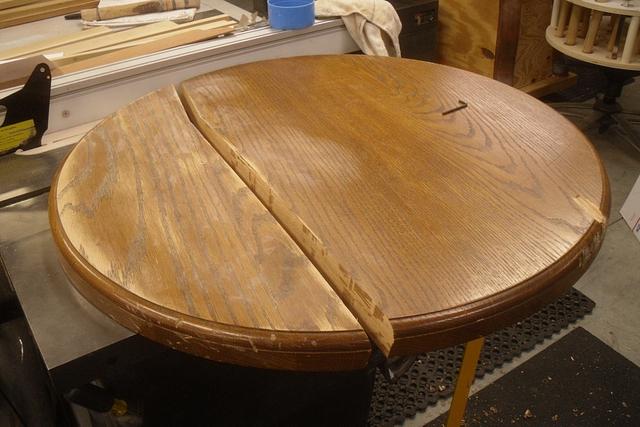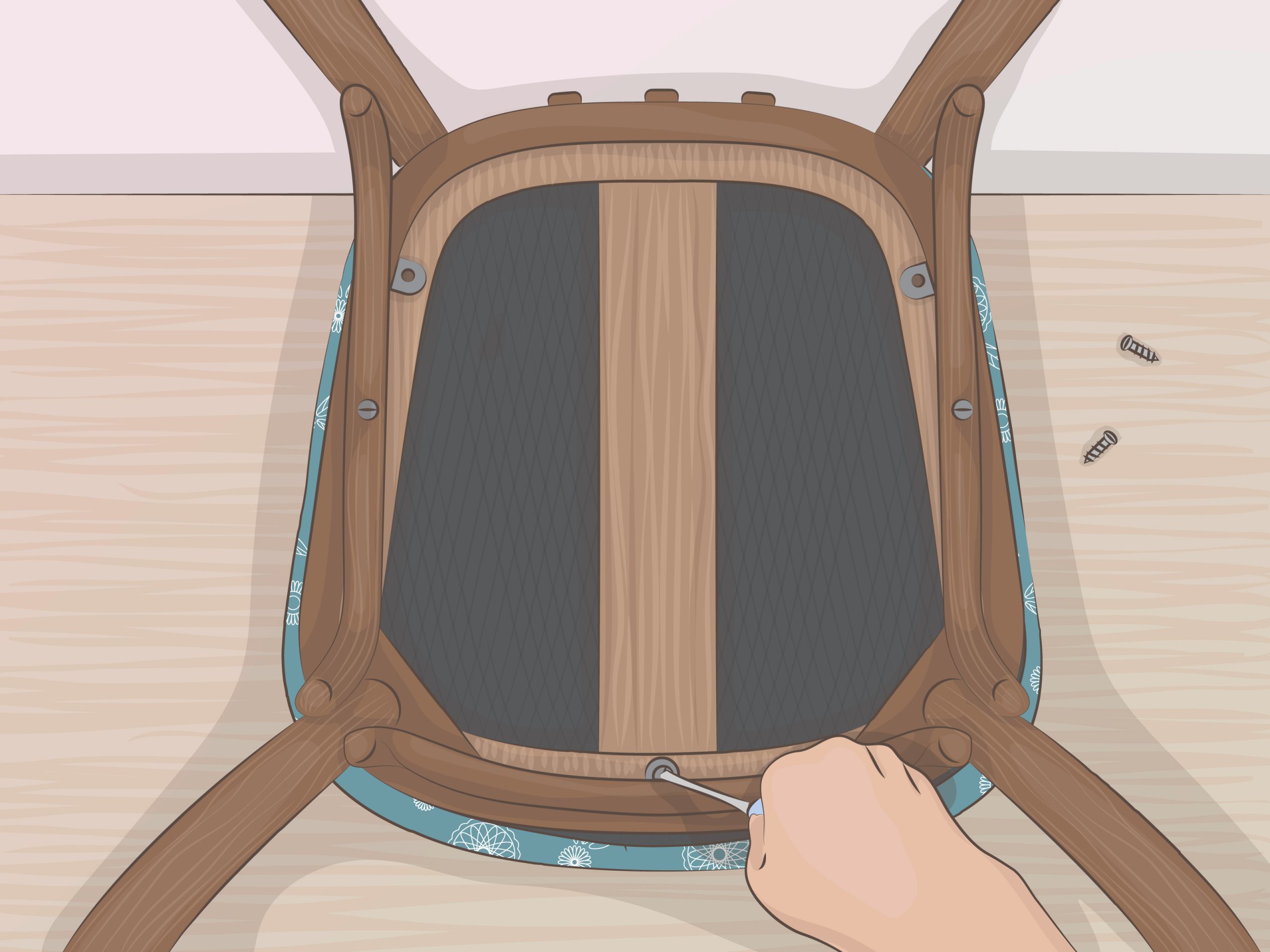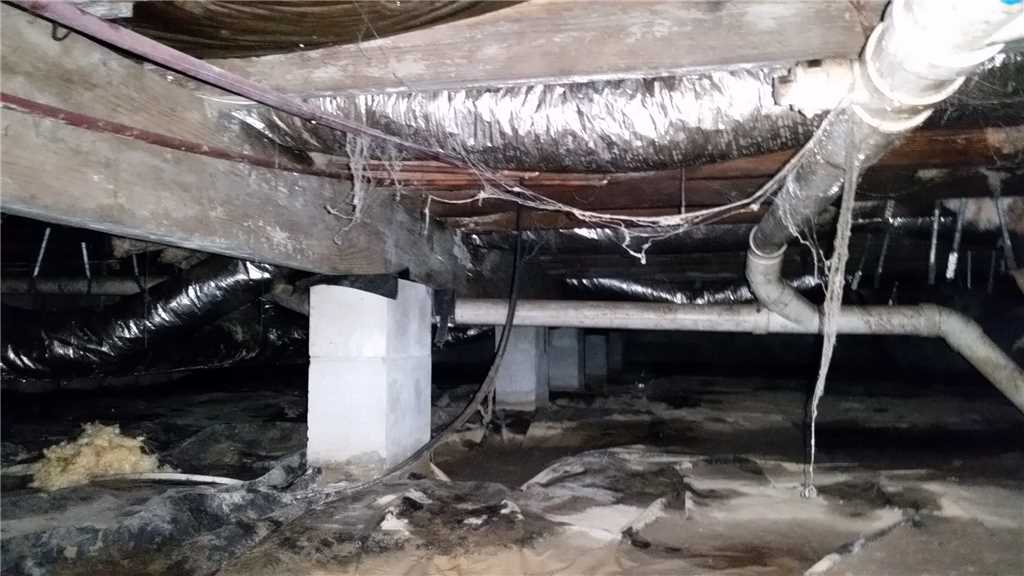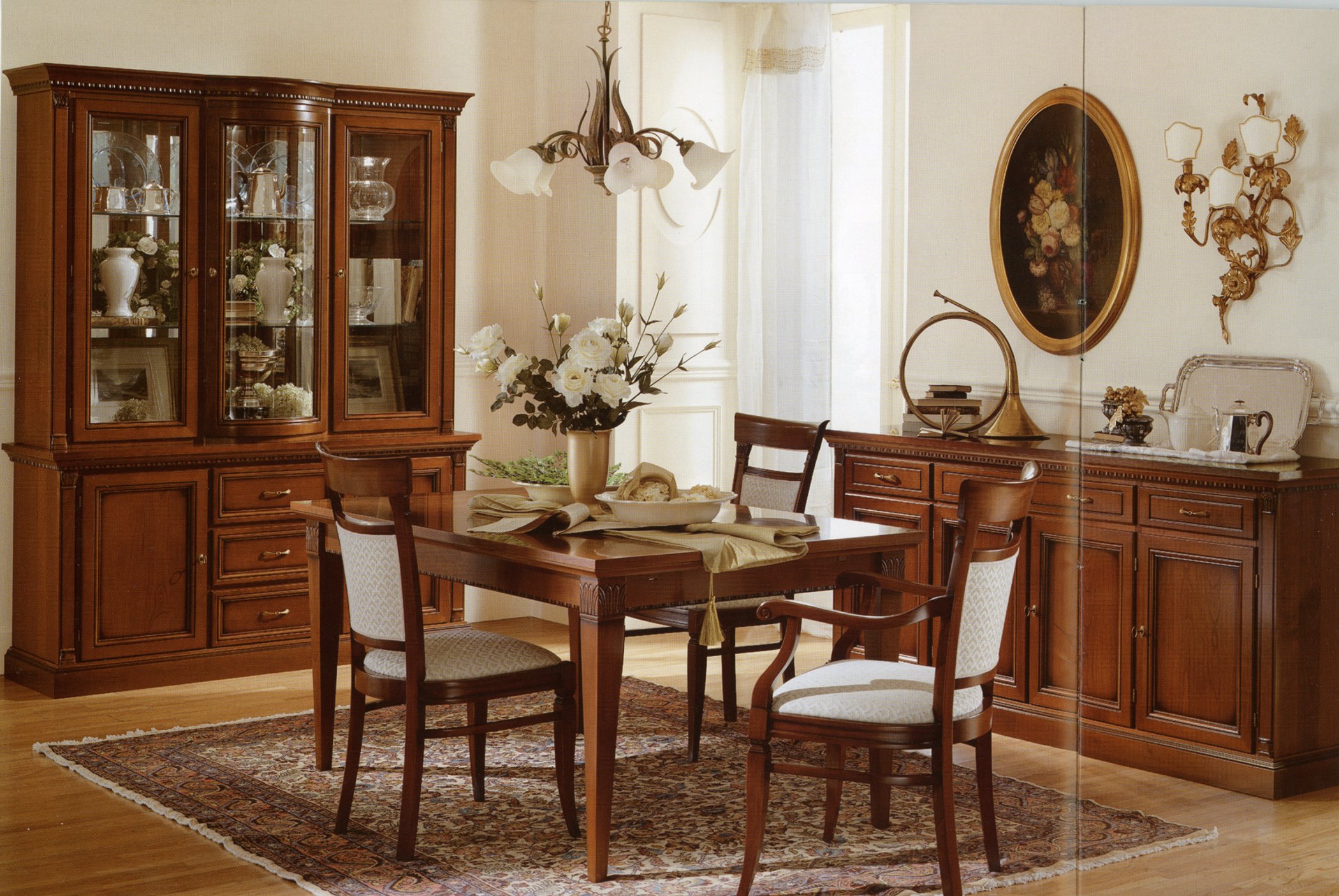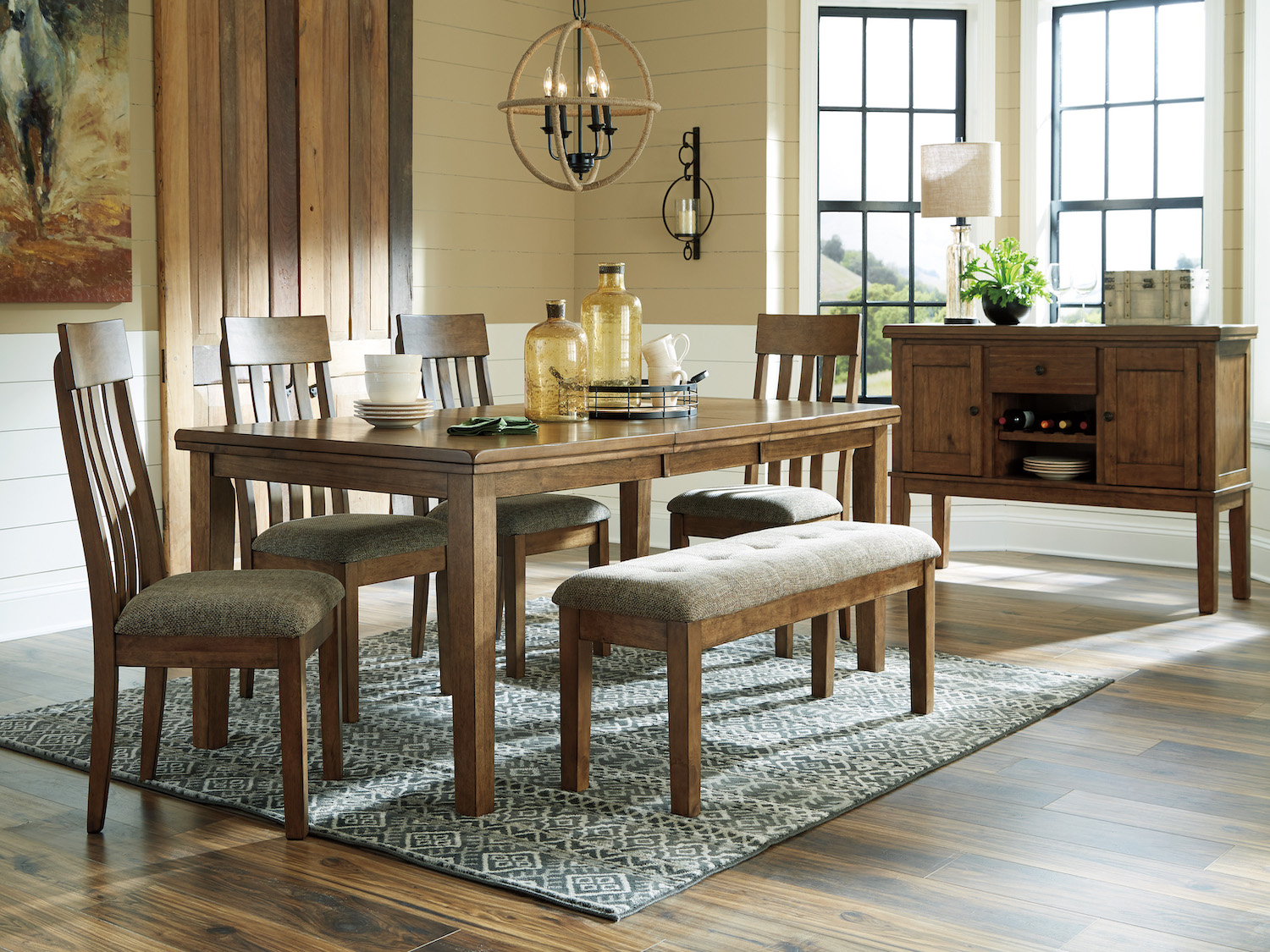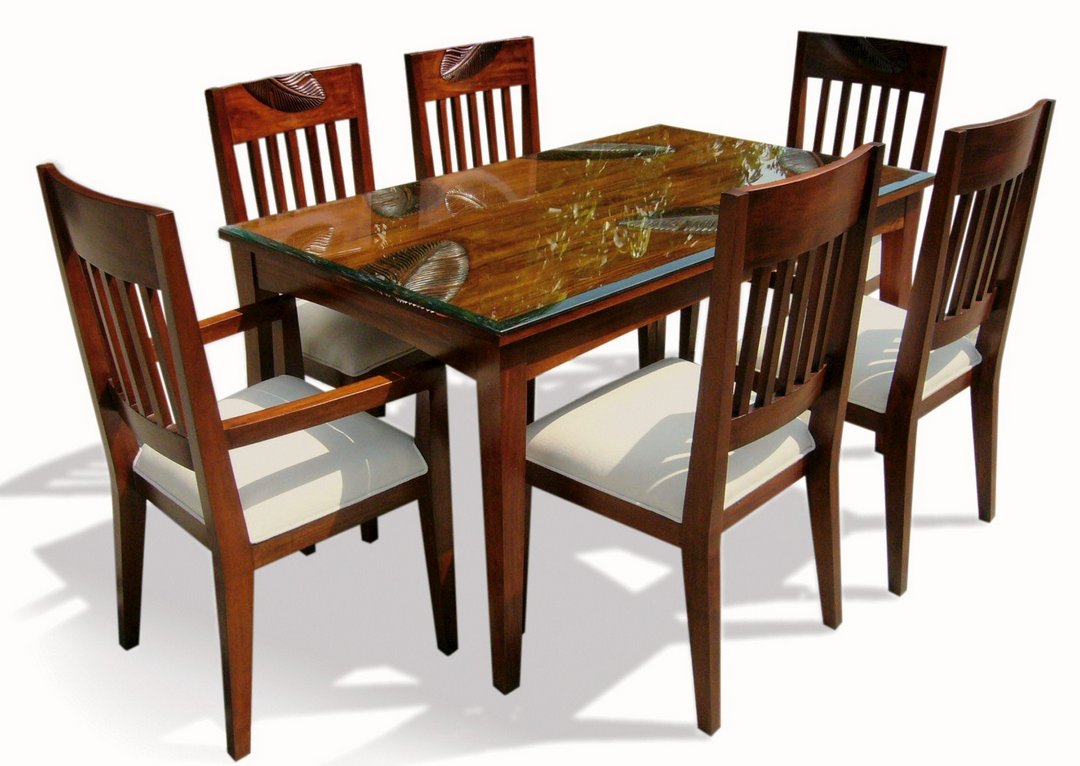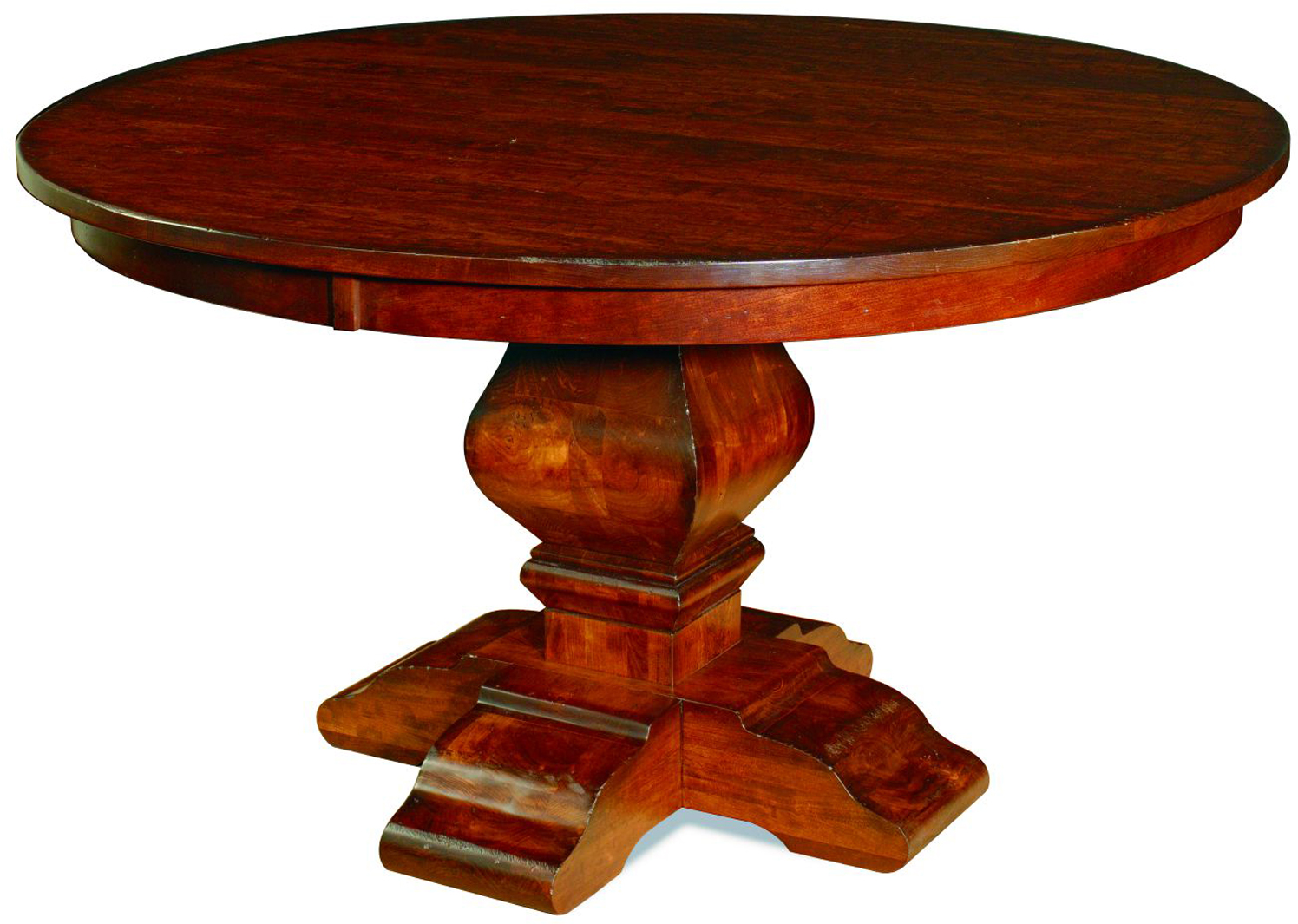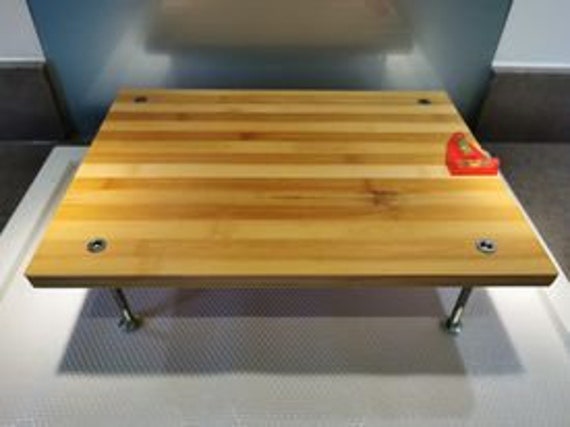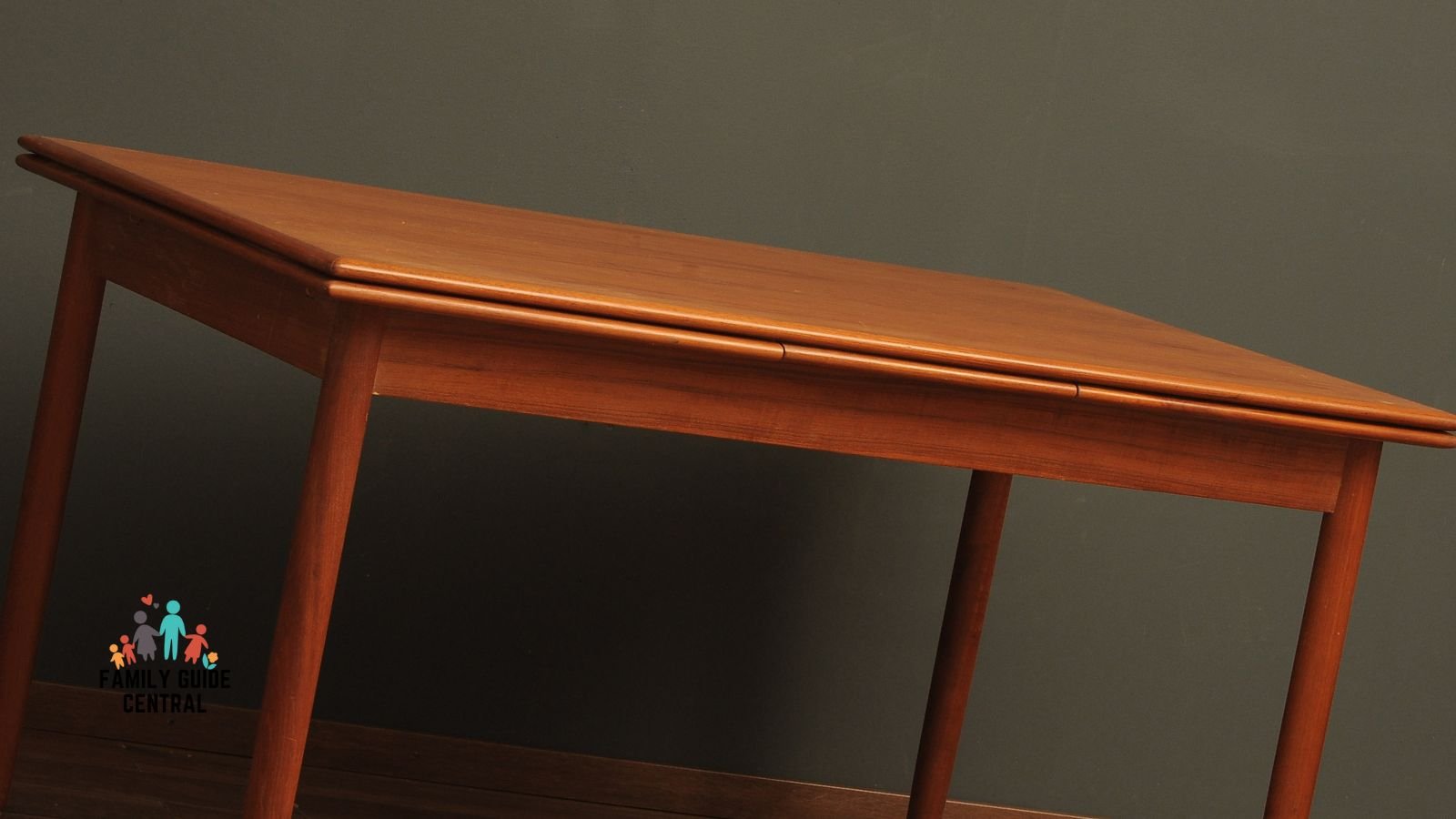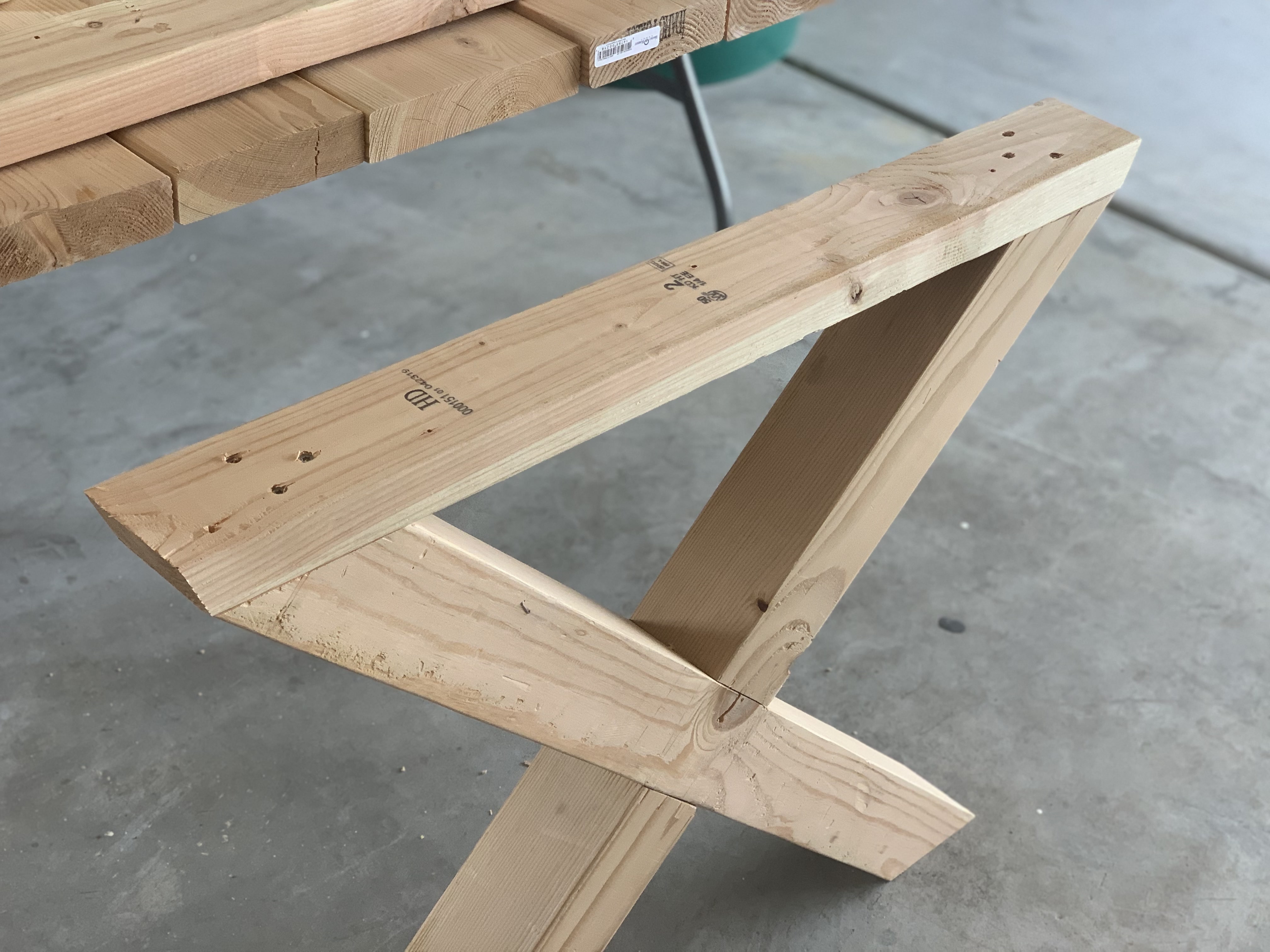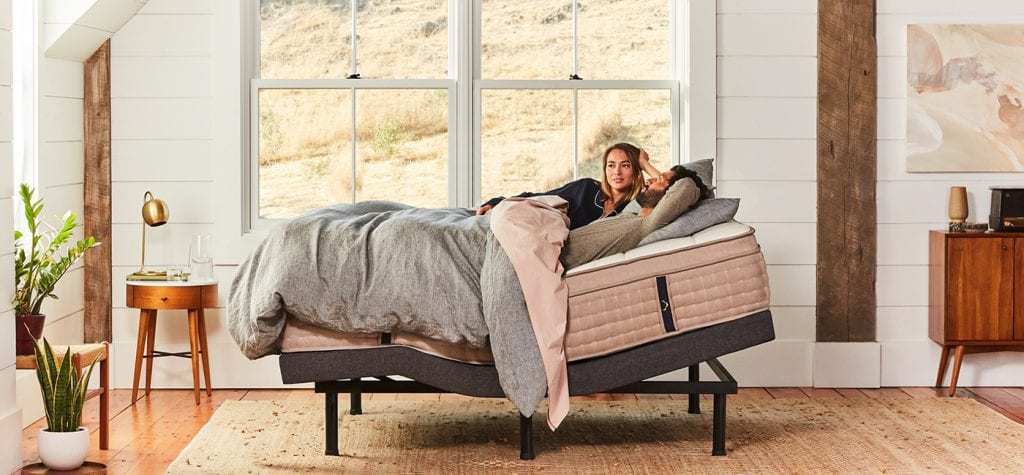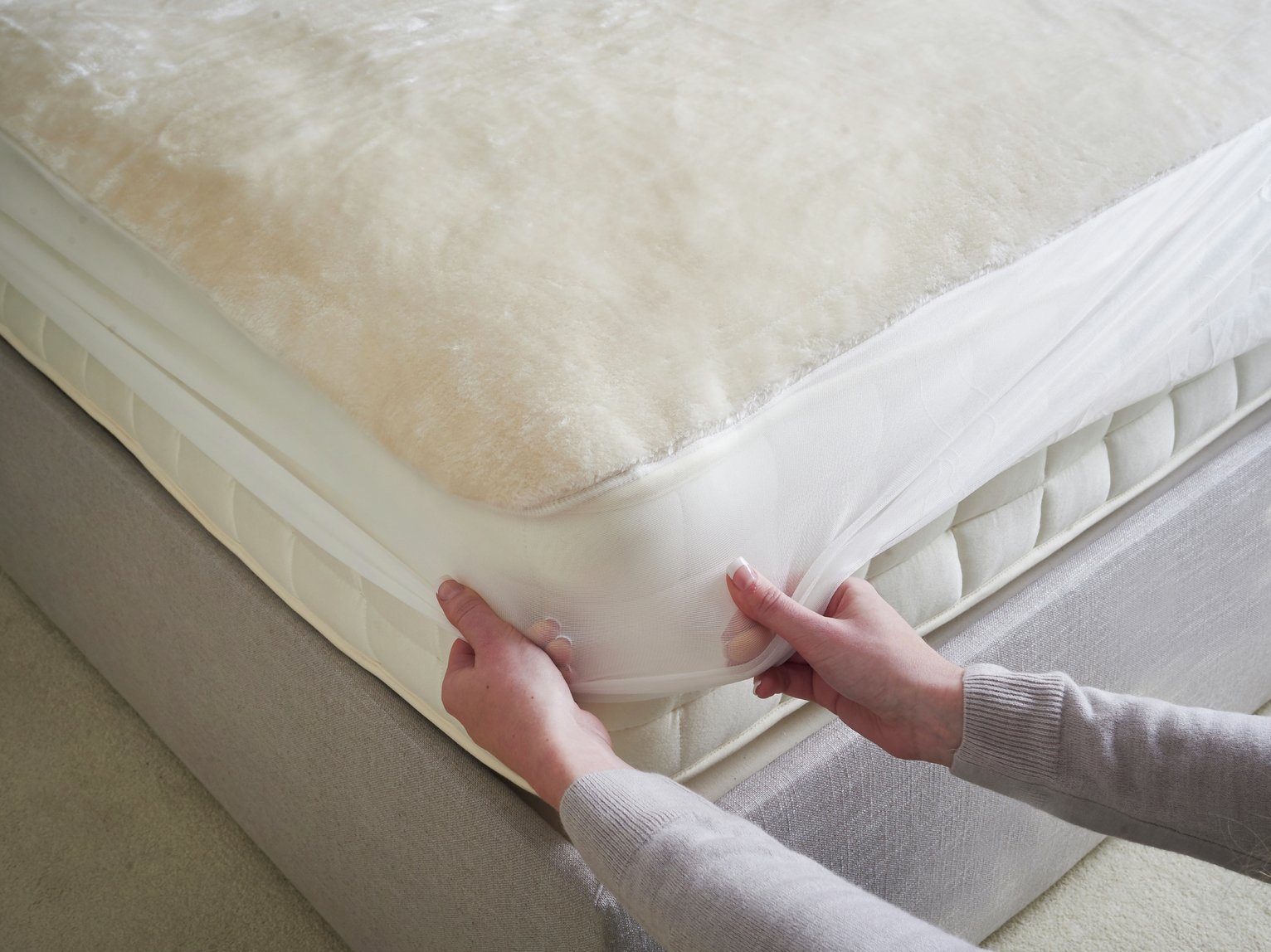Fixing a Sagging Dining Room Table
If your dining room table is starting to sag or wobble, it can be a frustrating and unsightly problem. However, before you go out and buy a new table, there are some simple DIY fixes that can help stabilize and repair your table. With a little bit of time and effort, you can have your table looking as good as new without breaking the bank. Here are 10 tips for fixing a sagging dining room table:
DIY Dining Room Table Repair
Before you start any repairs on your dining room table, it’s important to assess the damage and determine the cause of the sagging. Is it a structural issue or just a loose connection? Once you have identified the problem, you can choose the best DIY method to fix it. This could include tightening bolts, adding support braces, or even sanding down uneven legs. With some basic tools and a little know-how, you can easily repair your dining room table on your own.
How to Fix a Wobbly Table
A wobbly table can be a major annoyance, especially when you’re trying to enjoy a meal. To fix this problem, you can try adding shims or inserts to the legs of the table to stabilize it. You can also use furniture pads or felt stickers to prevent the table from sliding on the floor. If the wobbling is due to uneven legs, you can sand them down to make them even. A stable table will not only look better, but it will also prevent spills and accidents.
DIY Table Repair
When it comes to DIY table repair, there are several methods you can try depending on the type of table you have and the extent of the damage. For wooden tables, you can try using wood glue or screws to fix loose connections or cracks. For metal tables, you can use welding or metal brackets to reinforce weak areas. No matter what type of table you have, there are DIY solutions that can help you save money and extend the life of your table.
How to Fix a Sagging Table
If your table is sagging in the middle, it could be due to a weak support system. Adding support braces or a center support beam can help redistribute the weight and prevent further sagging. You can also try using a wood filler to fill in any gaps or cracks in the table's surface. Be sure to let it dry completely before sanding and refinishing the table.
DIY Table Stabilization
Stabilizing a table is key to preventing any future sagging or wobbling. This can be achieved by adding extra legs or support beams to distribute the weight evenly. You can also use furniture levelers to adjust the height of each leg and ensure your table is sitting on an even surface. These simple DIY methods can make a big difference in the stability of your dining room table.
Dining Room Table Repair Tips
When it comes to repairing your dining room table, there are a few tips that can help make the process easier and more effective. Firstly, always start by cleaning and inspecting the table for any loose connections or damage. Use the right tools and materials for the job and take your time to ensure everything is done correctly. And finally, don’t be afraid to ask for help if you’re not confident in your DIY skills.
DIY Table Leveling
If your table is sitting unevenly, it can be frustrating and cause spills or dishes sliding off the table. To level your table, start by checking the legs for any damage or unevenness. You can sand down any uneven legs or add rubber furniture pads to the bottom of the legs to even out the surface. If the tabletop itself is uneven, you can use a level to determine where the problem lies and then use shims or wood filler to fix it.
How to Fix a Wobbly Dining Table
A wobbly dining table can be a safety hazard, especially if you have young children. To fix this issue, start by tightening any loose screws or bolts on the table. You can also try adding extra support to the legs with braces or brackets. If the wobbling is due to uneven legs, you can use a level to determine which leg is causing the problem and fix it accordingly. It’s important to address a wobbly table as soon as possible to prevent any accidents.
DIY Table Support
Adding additional support to your table can help prevent sagging, wobbling, and other structural issues. You can do this by using support braces, extra legs, or even adding a center support beam. These DIY solutions can help strengthen your table and extend its lifespan. It’s important to regularly check and reinforce the support system of your table to ensure it stays in good condition.
How to Fix a Sagging Dining Room Table: A DIY Guide
The Importance of a Stable Dining Room Table
 A dining room table is not just a piece of furniture. It is the centerpiece of family meals, gatherings with friends, and special occasions. A stable dining room table is crucial for not only creating a comfortable and inviting dining space but also for preventing accidents and injuries. If your dining room table is sagging, it can be a source of frustration and embarrassment. However, don't rush to replace it just yet. With the right tools and techniques, you can easily fix a sagging dining room table yourself.
A dining room table is not just a piece of furniture. It is the centerpiece of family meals, gatherings with friends, and special occasions. A stable dining room table is crucial for not only creating a comfortable and inviting dining space but also for preventing accidents and injuries. If your dining room table is sagging, it can be a source of frustration and embarrassment. However, don't rush to replace it just yet. With the right tools and techniques, you can easily fix a sagging dining room table yourself.
Identify the Cause of the Sagging
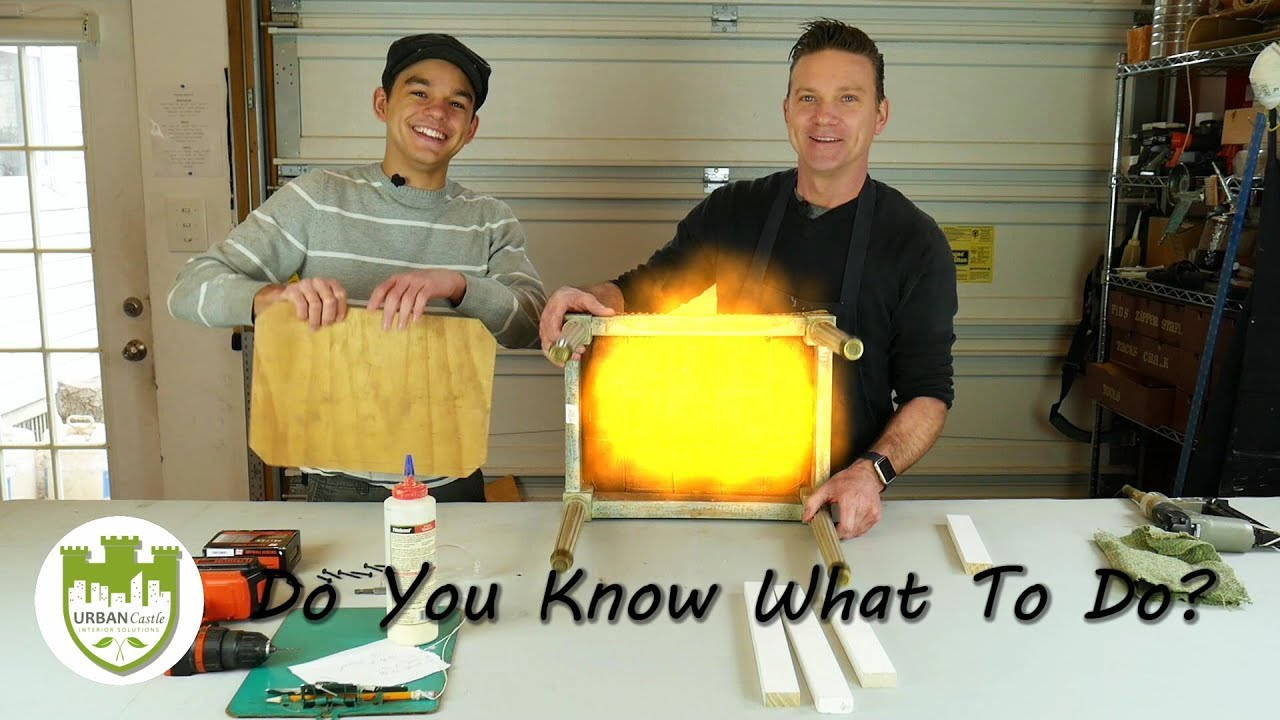 Before attempting to fix a sagging dining room table, it's important to identify the root cause. In most cases, sagging is caused by loose or damaged hardware, such as screws, bolts, or brackets. Over time, these components can become worn or loose, causing the table to wobble or sag. It's also possible that the table legs have shifted or become uneven, which can also lead to sagging. By pinpointing the cause, you can effectively address the issue and prevent it from happening again in the future.
Before attempting to fix a sagging dining room table, it's important to identify the root cause. In most cases, sagging is caused by loose or damaged hardware, such as screws, bolts, or brackets. Over time, these components can become worn or loose, causing the table to wobble or sag. It's also possible that the table legs have shifted or become uneven, which can also lead to sagging. By pinpointing the cause, you can effectively address the issue and prevent it from happening again in the future.
Gather the Necessary Tools and Materials
 To fix a sagging dining room table, you will need a few simple tools and materials. These include a screwdriver, pliers, wood glue, sandpaper, and replacement hardware, if necessary. It's important to choose a high-quality wood glue that can withstand weight and pressure. You can also consider using metal brackets or braces to reinforce the table's structure.
To fix a sagging dining room table, you will need a few simple tools and materials. These include a screwdriver, pliers, wood glue, sandpaper, and replacement hardware, if necessary. It's important to choose a high-quality wood glue that can withstand weight and pressure. You can also consider using metal brackets or braces to reinforce the table's structure.
The DIY Fix: Step-by-Step
 Step 1: Start by turning the table over onto a padded surface to protect the tabletop.
Step 2: Use a screwdriver to tighten any loose screws or bolts. If the screws are stripped, use pliers to carefully remove them and replace them with new ones.
Step 3: If the table legs are the cause of the sagging, use sandpaper to smooth any uneven edges and ensure they are all the same length.
Step 4: Apply wood glue to any loose joints or areas where the legs meet the tabletop.
Step 5: If needed, use metal brackets or braces to reinforce the table's structure.
Step 6: Allow the glue to dry completely before flipping the table back over and testing its stability.
Step 7: If the table is still sagging, repeat the process or consider replacing the legs altogether.
Step 1: Start by turning the table over onto a padded surface to protect the tabletop.
Step 2: Use a screwdriver to tighten any loose screws or bolts. If the screws are stripped, use pliers to carefully remove them and replace them with new ones.
Step 3: If the table legs are the cause of the sagging, use sandpaper to smooth any uneven edges and ensure they are all the same length.
Step 4: Apply wood glue to any loose joints or areas where the legs meet the tabletop.
Step 5: If needed, use metal brackets or braces to reinforce the table's structure.
Step 6: Allow the glue to dry completely before flipping the table back over and testing its stability.
Step 7: If the table is still sagging, repeat the process or consider replacing the legs altogether.
Maintaining a Stable Dining Room Table
 To prevent future sagging and ensure the longevity of your dining room table, it's important to regularly inspect and tighten any loose hardware. You can also consider adding protective pads or coasters to the bottom of the table legs to prevent damage from spills or scratches. Additionally, avoid placing excessive weight or pressure on the table, and always handle it with care when moving it.
In conclusion, a sagging dining room table can be a frustrating problem, but it doesn't have to be a permanent one. By following these simple DIY steps and taking proper care of your table, you can easily fix the sagging and continue enjoying meals and special moments with your loved ones.
To prevent future sagging and ensure the longevity of your dining room table, it's important to regularly inspect and tighten any loose hardware. You can also consider adding protective pads or coasters to the bottom of the table legs to prevent damage from spills or scratches. Additionally, avoid placing excessive weight or pressure on the table, and always handle it with care when moving it.
In conclusion, a sagging dining room table can be a frustrating problem, but it doesn't have to be a permanent one. By following these simple DIY steps and taking proper care of your table, you can easily fix the sagging and continue enjoying meals and special moments with your loved ones.




















